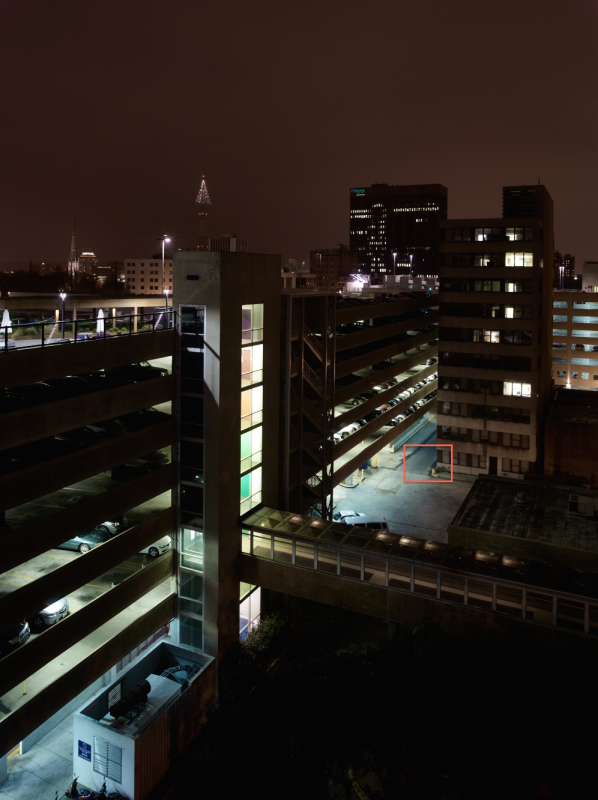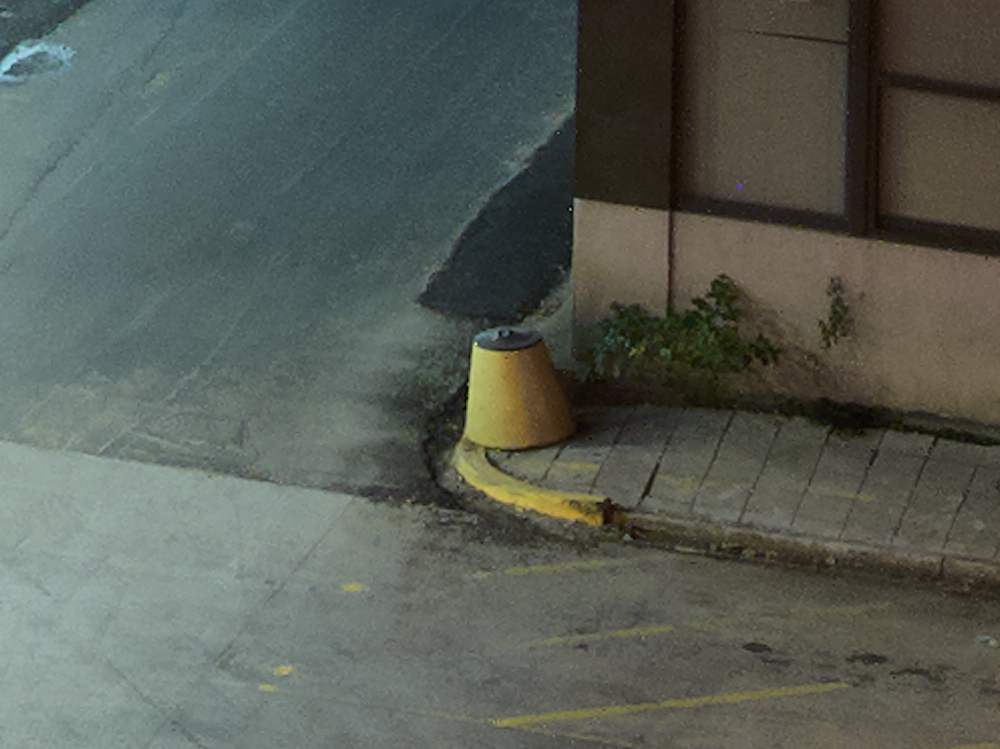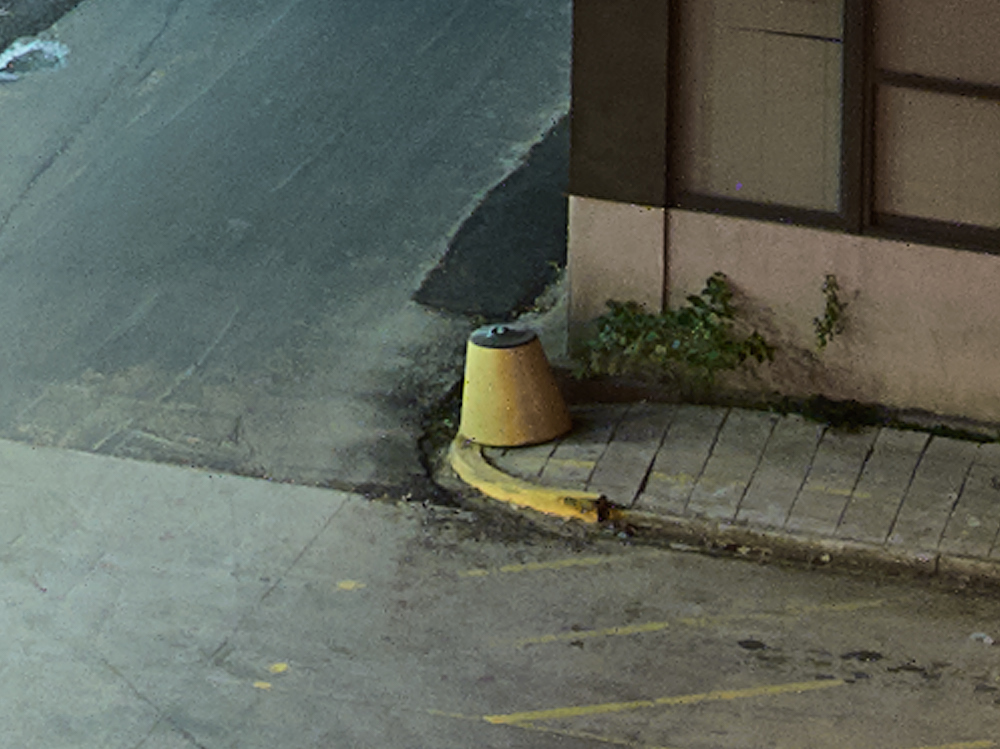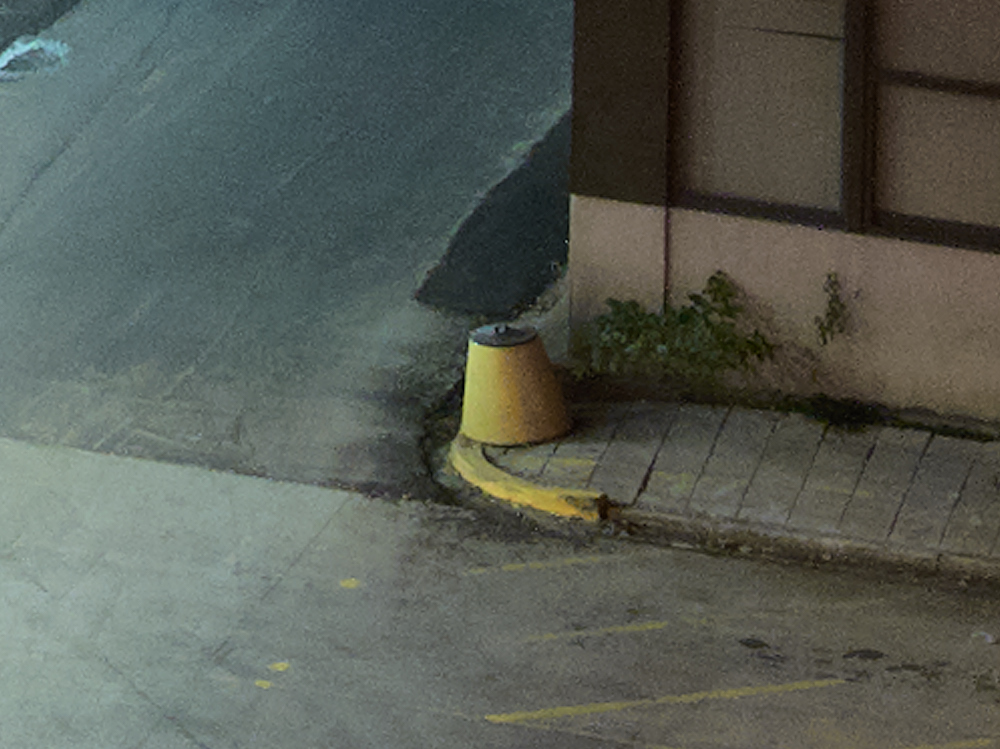On occasion, I get asked by clients for recommendations on shooting long exposures with a CCD-based Phase One or Leaf digital back purchased from CI. There are, of course, a number of different ways one can achieve a long exposure. All digital backs have options for ISO selection in camera, typically ISO 50, 100, 200, 400, 800. In a typical city-scape night scene, an exposure at f/11 @ ISO 50 could be 40 – 80 seconds or more. I also sometimes get feedback that there is excessive noise and detail loss in long exposures. What I find is that users are adopting a wide variety of capture parameters, with naturally varying results. As a result, I thought it would be worthwhile to evaluate the effectiveness of the different options for capturing long exposure.
So, with that said, I tested 4 variables for capturing long exposure. The capture equipment utilized was P65+, Alpa STC, Alpagon 40mm HR. Importantly (since ambient temperatures have a large impact on long exposure results), the temperature was approximately 53 degrees fahrenheit. The 4 capture variables, along with the results, are listed below.

P65+ Capture Scene

P65+, base ISO 50, exposure time of 41 seconds

P65+, base ISO 50, exposure time of 83 seconds

P65+, base ISO 100, exposure time of 20 seconds

P65+, base ISO 50, exposure time of 21 seconds, pushed one stop in C1 Pro
While not critically apples to apples, the best results, in all cases, came from capturing at the base ISO of 50, and at the correct exposure. The next best result came from capturing at base ISO of 50, then doubling the exposure duration (which was then pulled back one stop in Capture One). In a close call for third place was capturing at base ISO of 100, and exposing for half the duration of the base ISO 50 exposure. Closely followed by the fourth place finisher, capturing at base ISO 50, underexposing 1 stop in camera, and pushing it up one stop in Capture One.
So – our recommendation, when it comes to long exposure, would be whenever possible to shoot at the base ISO, even if it means the exposure duration may fall outside the recommended parameters. But faced with an absolute requirement for a shorter exposure duration, your results may be slightly better with capturing at an ISO of +1 over the base, rather than capturing at the base and pushing a stop in post.
Somewhat surprisingly, the results from all were acceptable, but clearly the #1 choice was the base ISO of 50 with the correct exposure duration that did not require added exposure adjustment in post. However, I was also a bit surprised at how well the P65+ performed at 80 seconds. I’ve been pretty conservative when stating performance levels for the P65+ (and similar Dalsa-chipped models), but I may have to adjust that rating a bit following these results.
Summary:
Base ISO is great at correct exposure. But it’s best to avoid pushing in post. Longer exposure duration will be superior, even a +1 ISO push in camera may be slightly better than a base ISO pushed 1 stop in post.
Equipment utilized:
Phase One P65+
Alpa STC Technical Camera
Alpagon 40mm HR Lens
Marriott Hotel (a pretty sharp window!)
Capture One NR Settings:
Value of 0 – Luminance
Value of 100 – Details
Defaults (50) – Color
Defaults (80) – Single Pixel